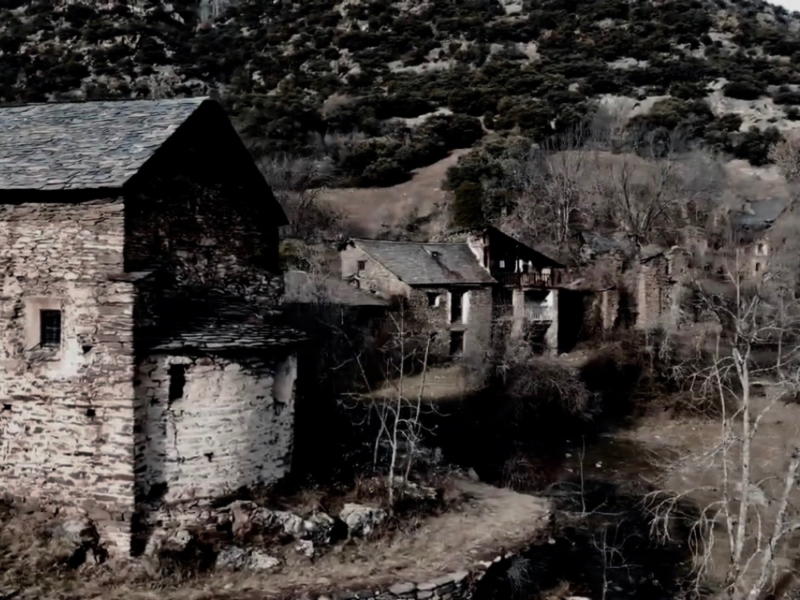In this article we are going to tell you about abandoned villages in Lleida. If you are a curious person, you are sure to like these ghost towns.
List of the 10 abandoned villages in Lleida that you have to visit
Aramunt Vell
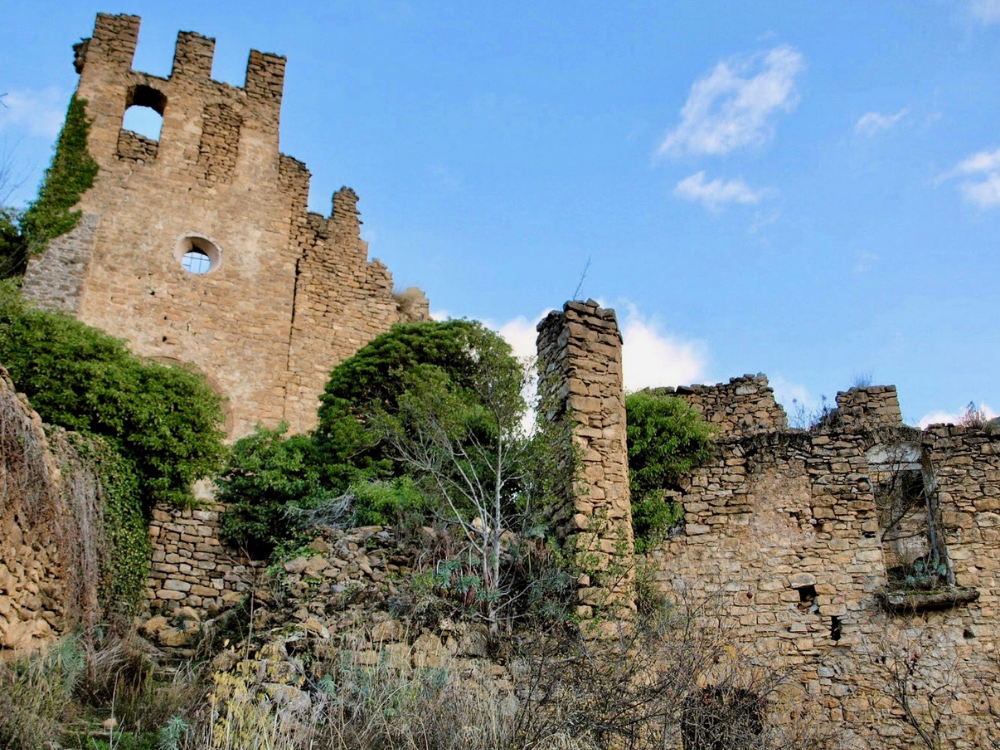
Aramunt is not only a ghost town in Pallars Jussà where the Romans settled, but part of the importance of Catalonia during the Middle Ages. It was immortalised in time, which makes it a beautiful and interesting destination. The ruins can still be seen on top of the hill that was once its seat. Although it was abandoned in the 20th century, during the Civil War it was the refuge of many families, which deteriorated it even more. Aramunt only consisted of a main street, the castle, 3 churches (Sant Fructuós, the Romanesque church of Sant Antoni and Sant Joan) and some 93 houses. It was so far from civilisation that its own inhabitants were forced to move to live more comfortably.
El Meüll

El Meüll, also in Pallars Jussà, is a village that is difficult to reach: you have to go to Fígols de Tremp, look for the Mountain Bridge on the road to Tremp, and follow the Meüll Way. It is one of those abandoned places that are a bit hidden, to keep the mystery! It is a perfect viewpoint over the Conca de Tremp, and is even known by the nickname of the balcony of the Conca. It had a castle and a Romanesque church, and never had water or electricity. The last family decided to move to Tremp in 1973 in search of better conditions. In spite of this, they kept it in good condition, which has allowed the rehabilitation of the school and the teachers’ house into a rural house.
Conill
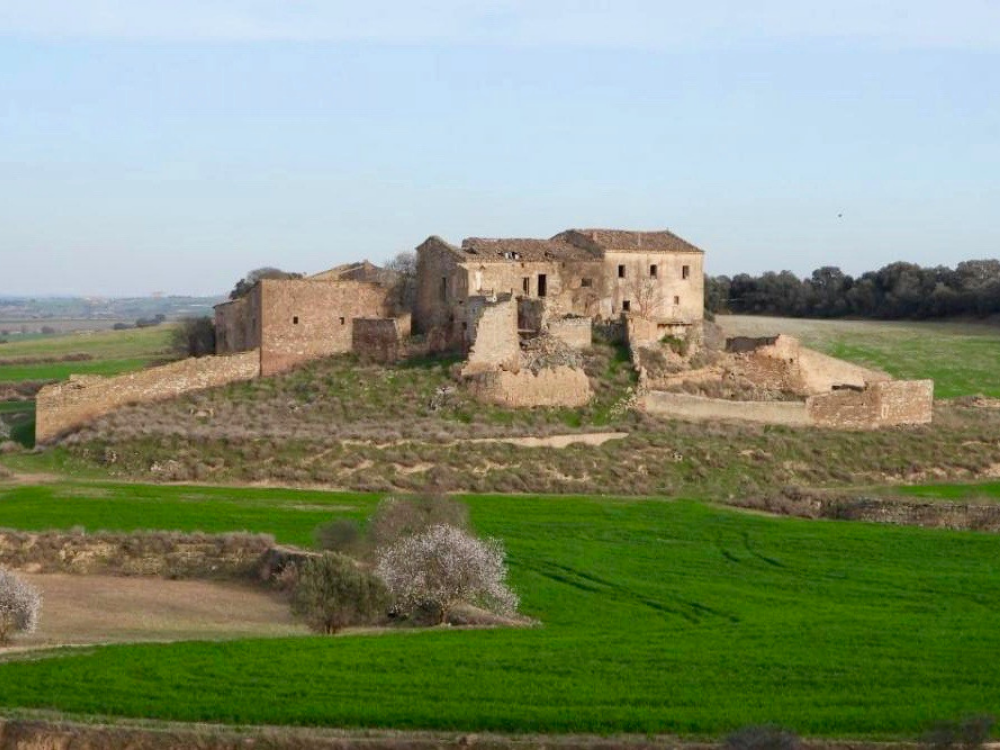
Among the abandoned villages of Lleida, we find Conill. This was a small 12th century village consisting only of the parish church of Mare de Déu del Roser, and 5 houses: cal Cinca, cal Frare, cal Palau, cal Pont and cal Vilafranca; named after the surname of the family that lived there. They did not allow any more houses to be built, so the village was finally abandoned in 1980, and the large oil press they lived in is now a tourist attraction in a public park in Tàrrega. The buildings that are still standing today date from the 18th century. It is only 7 kilometres from Tàrrega and 350 metres above sea level.
Sant Pere de Claramunt
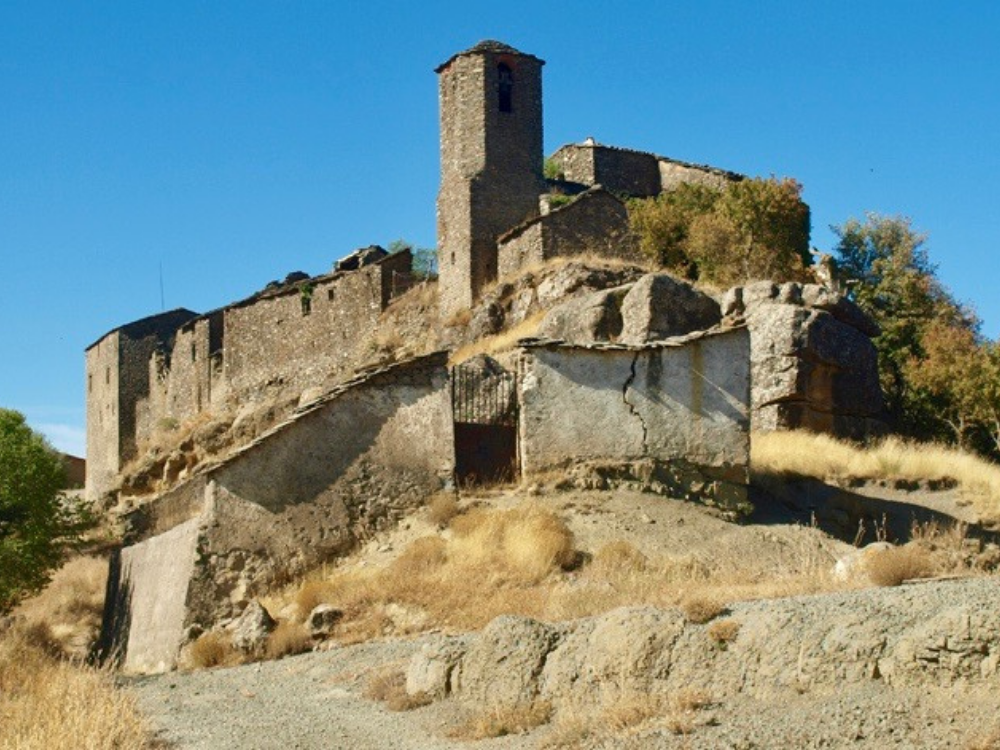
Claramunt is a village in Lleida, which in 1900 had only 79 inhabitants. Nobody has lived there for a long time, but it has been officially depopulated since 2012. Of the abandoned houses that remain, the Casa Vilafranca stands out. Also of note are the ruins of the old school, which also took in the children who lived in the surrounding farmhouses. Of course, there is no village in Catalonia without its church: Claramunt had a Romanesque church dedicated to Saint Peter, the most outstanding building in the village, built on the highest part and with a bell tower that can be seen from afar.
Besan

If we talk about uninhabited villages, we cannot forget Besan, located at an altitude of 1160 metres and consisting of only one street and the small church of Santa Maria. Strolling along the street you can see the beautiful stone houses with slate roofs and wooden balconies, typical of the area; it had up to 8 houses between the 18th and 19th centuries. If you feel like going there, look for the Romanesque chapel of Sant Miquel on the way, it’s a must-see! Of course, there are no roads to get to Besan… so you’ll have to put on your hiking boots and walk about 2 kilometres from the road. But that’s part of the experience, as it will give you an idea of what life was like in the Pyrenean village at the beginning of the 20th century.
Montesquiu
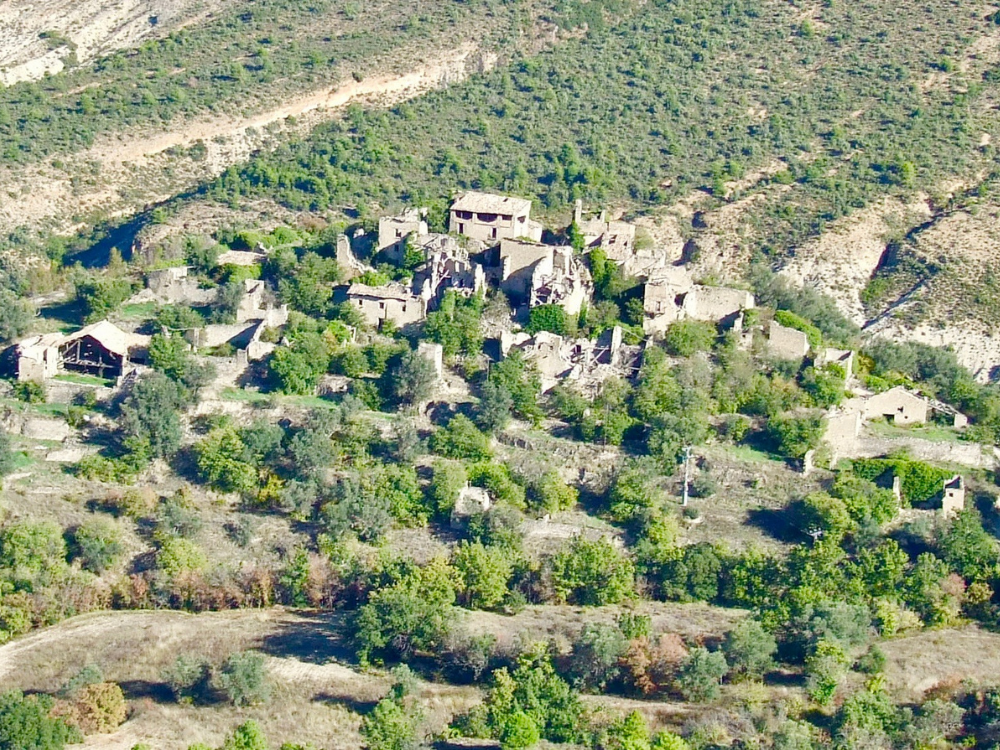
Still not convinced? Here’s another ghost town that might just make it: Montesquiu, which was depopulated when the construction of the Sant Antoni reservoir began, eating up much of the land that its inhabitants worked. The village is on the Cornelli mountain and the most important and remarkable feature is its Romanesque church, built in honour of Sant Urbà in 1313. Despite its date, it is still standing despite visible wear and tear. On the way, you may be able to see the Romanesque chapel of Sant Serni, in much better condition than the village church, and with Baroque paintings dating from 1769. The route to Montesquiu leaves from Orcau.
Erill Castell
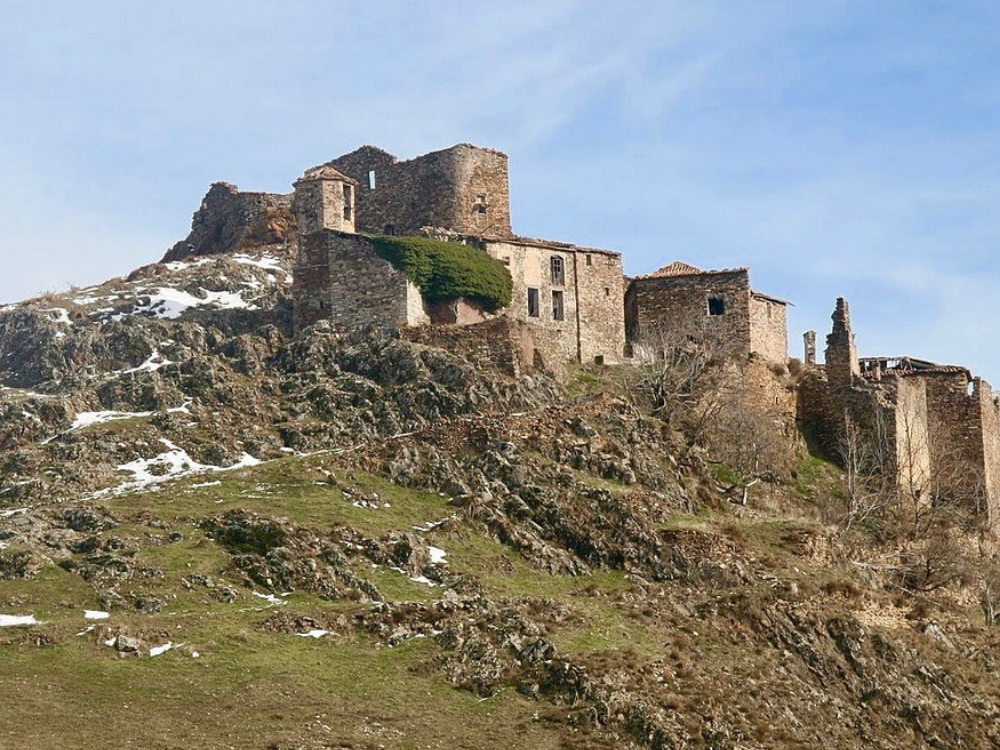
Totally abandoned after the departure of its last inhabitants, who followed in the footsteps of their neighbours in search of a less complicated life.
The most practical way to get there is to walk from the village of Malpàs. This village belonged to the powerful Erill family and was built on a very rocky hill at an altitude of more than 1,400 metres, which made it very difficult to access (“You can’t get to Erill Castell by sea, land or air, only by jumping from rock to rock”, as the saying goes). There are not many abandoned buildings in Erill Castell, as there were no more than 7 houses, but the Parish Church of Santa Maria and the ruins of the Castle of Erill (1024) are very worthwhile. In 1970 it was abandoned.
Castellnou de Montsec

Castellnou de Montsec was the home of the dynasty from which Gaspar de Portolà descended, governor of California between 1767 and 1770, as well as founder of San Diego and Monterrey. You see… An important man comes from a simple village. During 1900, the village was still the property of the lords of Portolà, despite having been integrated into Alsamora because of the small population. Even so, Castellnou de Montsec had its own church dedicated to Sant Esteve protomartyr.
Montlleó

The name of the village comes from the name of the castle on the top of the hill, from where you can enjoy incredible views of the whole region. Logically, it is a village that was abandoned, but the Romanesque church of Santa Maria is still standing, unlike the castle and the houses. There is evidence of this village since the beginning of the 12th century, so visiting it is like taking a trip back in time. Both the castle and the church are Spanish Historical Heritage, which reaffirms their importance.
Montgarri

Our last proposal, although no less attractive, is Montgarri. It is located at an altitude of 1645 metres, in the Vall d’Aran. In 2009 there were still 4 inhabitants (literally) in this mountain village, but it began to be depopulated in the 1960s. What is best preserved is the Sanctuary of Montgarri, built in 1117 next to the river Noguera Pallaresa, which practically consisted of most of the village’s facilities: an inn, the church, the rectory, the administration house and a farmyard. The inhabitants’ houses are in poorer condition, but it is possible to get a glimpse of how they lived.


